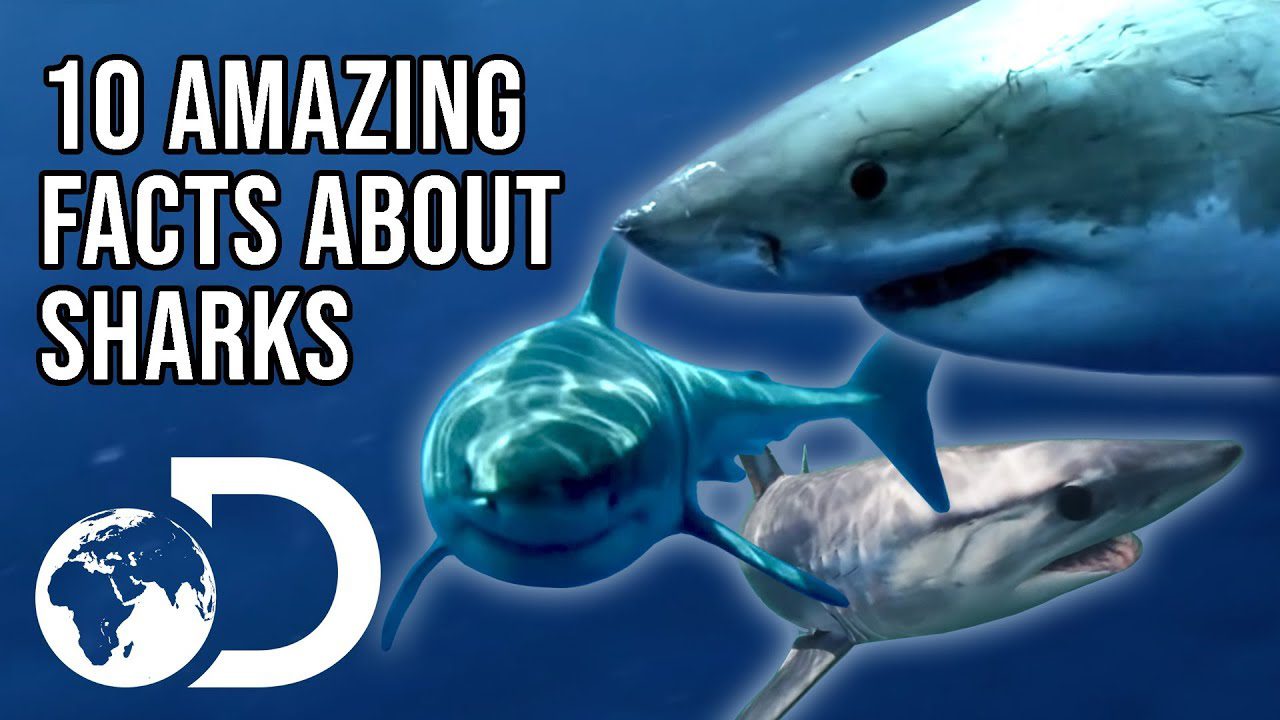Sharks are one of the most intriguing creatures, known for their powerful jaws, sleek forms, and prehistoric lineage. While most people are familiar with the basic facts about sharks, there’s more to these creatures than just their danger. Sharks have been a constant presence in the world’s oceans for over 400 million years, with over 500 species of sharks ranging in size from the two-foot pygmy shark to the 40-foot whale shark. Sharks have rows of teeth and are not all carnivorous, with some feeding on tiny organisms like krill and plankton. Shark populations worldwide are declining due to several threats, such as bycatch, habitat destruction, overfishing, and climate change. By understanding more about these incredible animals, we can better appreciate their role in the ecosystem and work to protect them.
10 Surprising Things You Didn’t Know About Sharks
Sharks have fascinated people for centuries, frightening and intriguing us with their powerful jaws, sleek form, and prehistoric lineage. While many people are familiar with some of the most basic facts about sharks, there’s much more to these creatures than just their dangerous reputation.
1. Sharks Predate Dinosaurs
The first sharks appeared more than 400 million years ago—long before the dinosaurs—and have been a constant presence in the world’s oceans ever since. Some species even date back to before the evolution of trees.
2. There are More Than 500 Shark Species
There are over 500 species of sharks, ranging in size from the tiny, two-foot pygmy shark to the 40-foot whale shark. Sharks come in a variety of shapes and sizes, with different features that help them survive in their respective habitats.
3. Sharks Have Rows of Teeth
Many sharks have multiple rows of teeth, which they can burn through quickly thanks to their rough diet. As a result, they constantly replace their old teeth with new ones, with some species shedding over 30,000 teeth in their lifetime.
4. Not All Sharks are Carnivorous
While most sharks are known as vicious predators, some—like the gentle, plankton-eating whale shark—feed on tiny organisms like krill and plankton rather than meat or other larger creatures.
5. Sharks’ Eyes are Adapted to Low-Light Conditions
Many deep-sea sharks have large eyes that are specially adapted to the dark, murky waters where they live, helping them to locate their prey even in the dimmest light. Some species can even see in total darkness.
6. Sharks Can Hear Extremely Well
Sharks can detect sound waves from several hundred feet away, with some species able to hear low-frequency vibrations from up to three miles away. This incredible sense of hearing helps them locate prey and avoid potential predators.
7. Some Sharks Live in Freshwater
While most sharks live in saltwater environments, there are several species—including the bull shark and the river shark—that can inhabit freshwater rivers and lakes. They are able to adapt to the lower salt content in these environments.
8. Sharks Have a Sixth Sense
Sharks have a unique sense called the ampullae of Lorenzini. These are electroreceptor organs that help sharks detect electrical fields from living creatures, including the weak electrical impulses generated by muscle movement. This makes it easier for them to locate prey, even when it’s hiding.
9. Sharks Can’t Swim Backwards
Unlike some other fish, sharks are unable to swim backwards due to the way their fins are structured. However, some species can come to a complete stop and hover over an area using their pectoral fins.
10. Shark Populations are Declining
Despite their reputation as apex predators, sharks are facing a number of threats that are causing their populations to decline worldwide. Bycatch, habitat destruction, overfishing, and climate change are all putting these incredible creatures at risk.
Conclusion
Sharks are some of the most fascinating creatures on the planet, with a variety of adaptations and abilities that have allowed them to survive for millions of years. By understanding more about these animals, we can better appreciate their role in the ecosystem and work to protect them from the many threats they face today.
